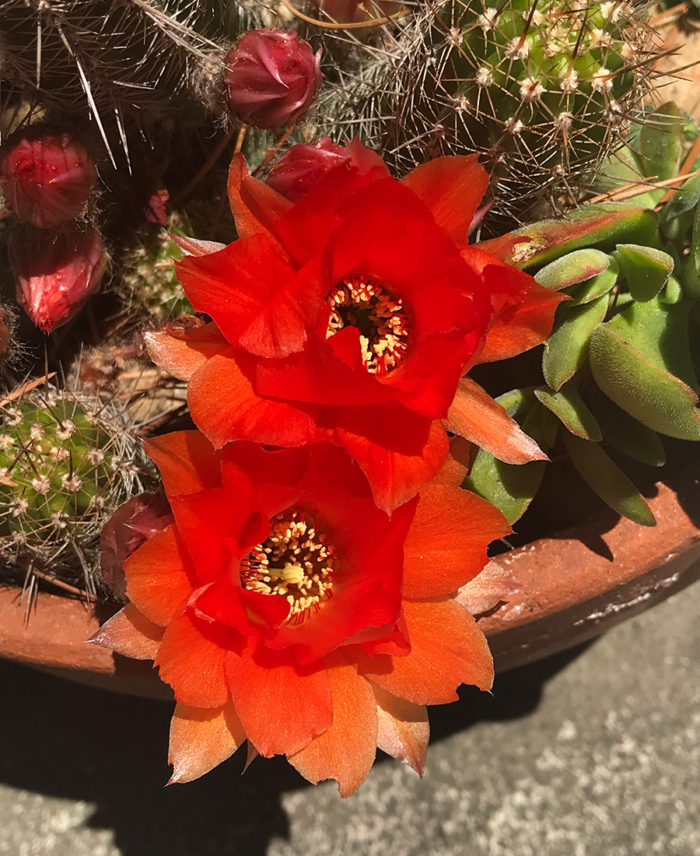
For the Northern California gardener, July means that summer has truly settled in. There are consistently warmer temperatures, intermittent heat waves, fog for coastal gardeners, and pleasant afternoons spent weeding, deadheading, troubleshooting, and admiring the results of all our hard work. July also means enjoying the first of the tomatoes and other tasty summer vegetables from the edible garden!
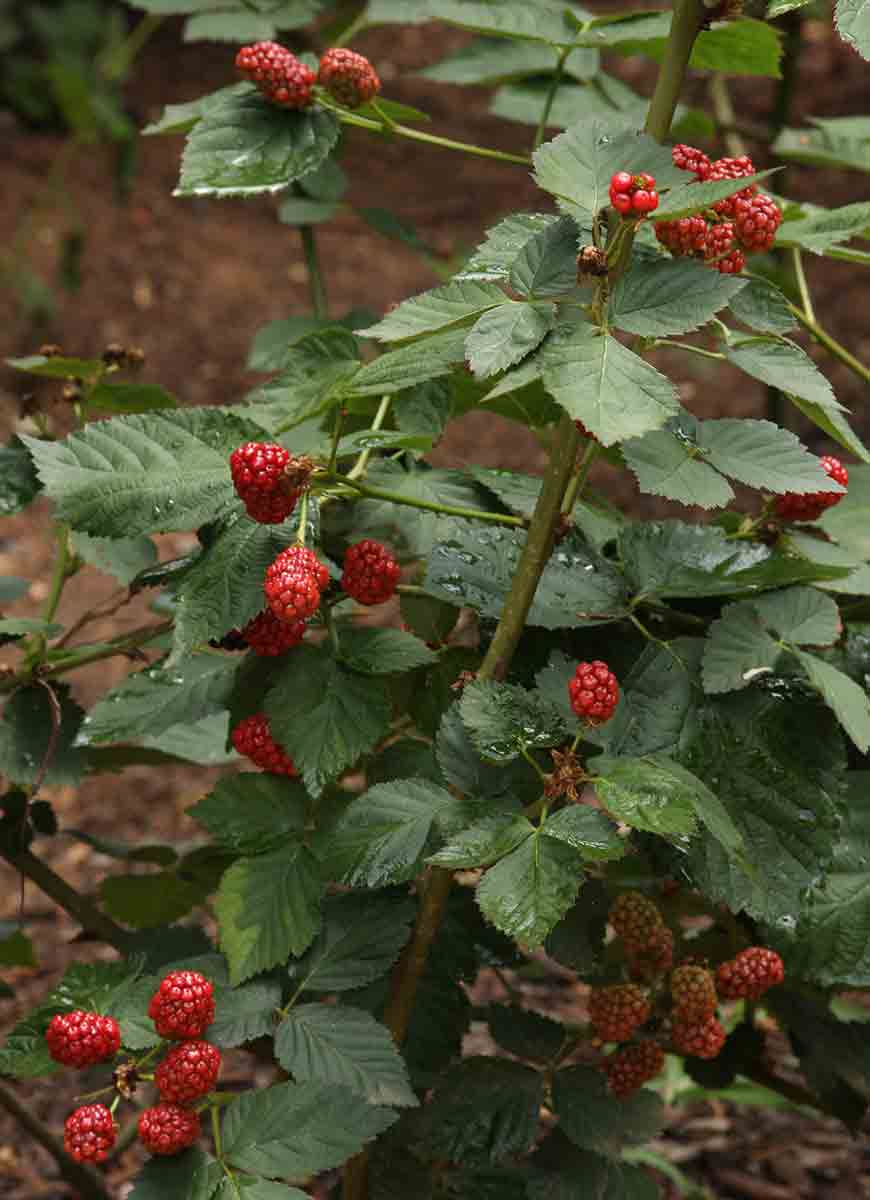
In the edible garden
Prune the canes that have finished bearing fruit. There are different pruning rules for different berries, so know your variety and prune accordingly. Fertilize for continued health and future bountiful harvests, side-dressing each plant with compost and a handful of well-balanced fertilizer at the same time.
Begin summer pruning of fruit trees to make harvesting easier and to help maintain your trees’ desired size. Watch for ants as crops begin ripening, and if needed, wrap the trunks with sticky tape or Tanglefoot to control them. Pick up and dispose of fallen fruit and foliage to avoid spreading fungus spores and to prevent an invasion of yellow jackets, white flies, slugs, snails, and other pests.
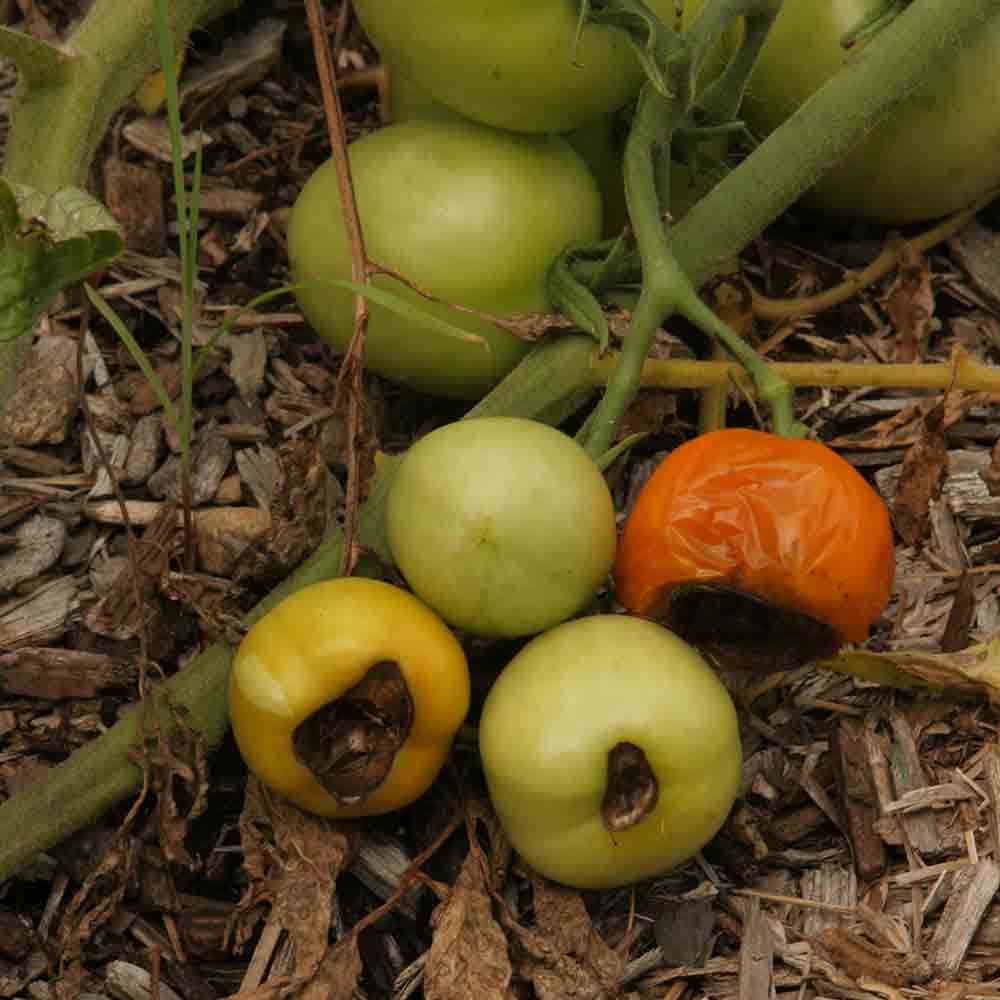
Watch out for tomato pests and diseases. Closely monitor your tomatoes’ watering schedule, and know that a consistent, regular schedule helps prevent blossom end rot. Watch for the beautiful but destructive tomato hornworm caterpillar (Manduca quinquemaculata), and eradicate if detected.
Harvest your veggies regularly. Summer vegetables are now arriving in increased numbers, and the first of your tomatoes are coming in. Be sure to pick squash, pole beans, peppers, and cucumbers regularly to keep your plants producing for continued bountiful harvests.
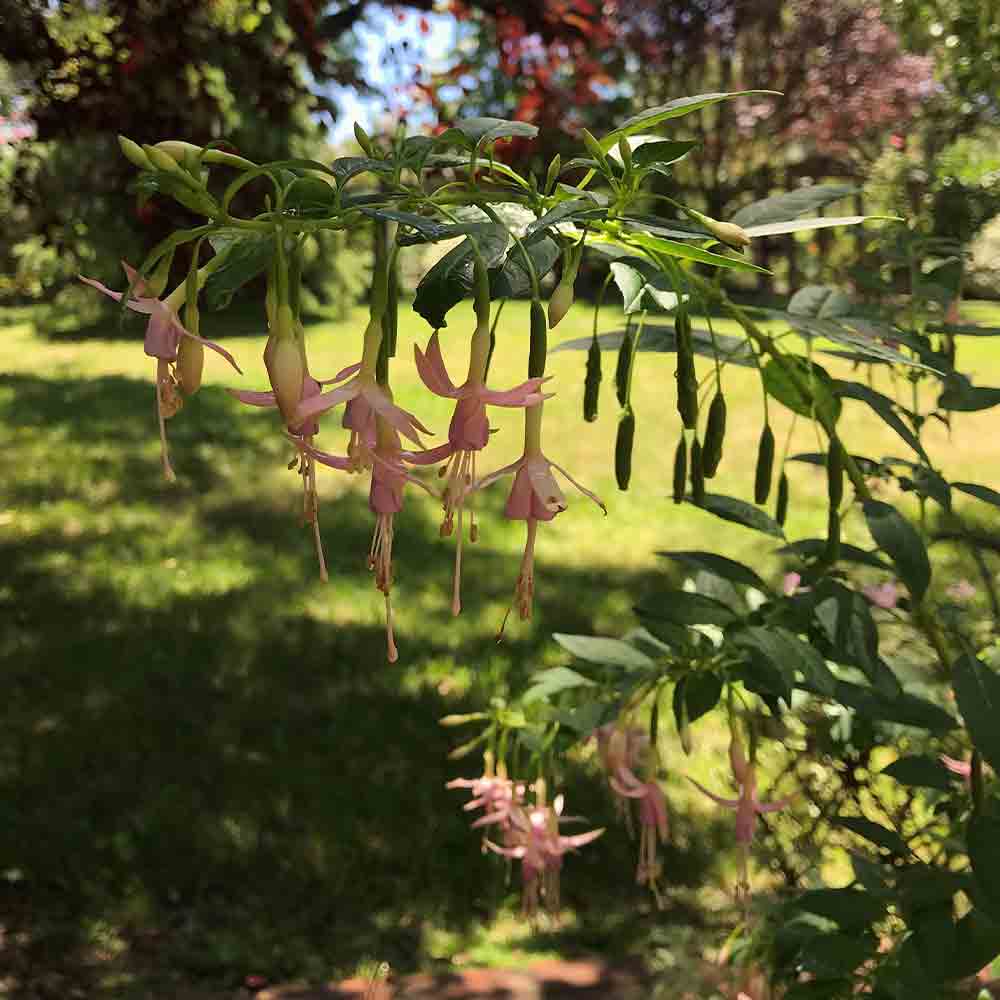
In the ornamental garden
Check on fuchsias (Fuchsia spp. and cvs., Zones 6–11) in your hanging baskets and garden beds. Remove spent blooms and swollen seedpods to keep them colorful and blooming through August.
Cut back annuals. Bedding plants might need a little help around now. Shear back nemesias (Nemisia spp. and cvs., annual), sweet alyssum (Lobularia maritima, annual), lobelia (Lobelia erinus, Zones 10–11), and petunias that are looking straggly to promote new growth and new blooms. Feed tired plants with bloom fertilizer at this time for an extra nutrient boost, choosing a feed containing little to no nitrogen, and higher levels of phosphorous and potassium.

Create a succulent display. July is a great month to put together a succulent garden. It can be as simple as choosing three or four eye-catching succulents with contrasting colors and textures and planting them in well-draining soil in a terra-cotta pot, or as elaborate as devoting your whole landscape to these intriguing, drought-resistant, easy-care heat lovers. Get creative and have fun.
Continue to deadhead roses, and remove the spent flowers from your cutting garden annuals and perennials to ensure fresh new growth, new buds, and more blooms.
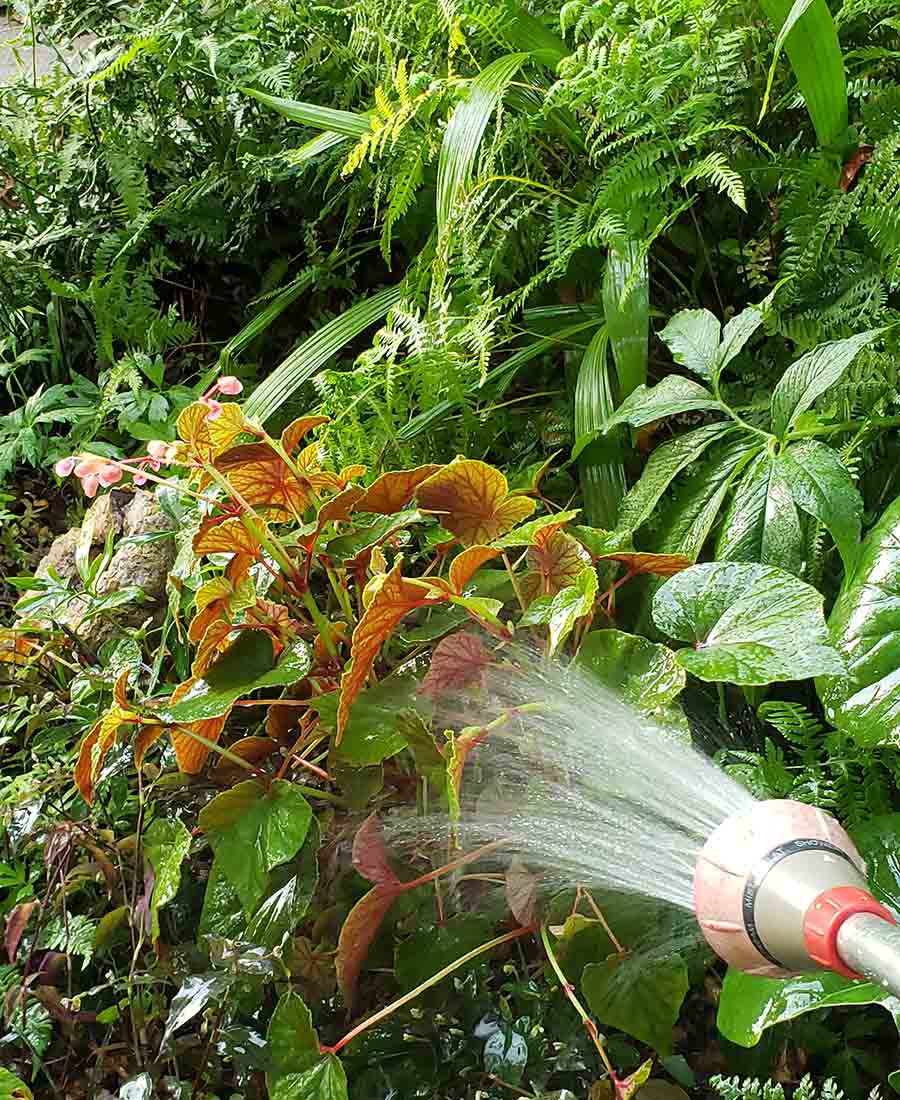
Regarding water
Water in the morning. Probably the most important task for those who garden in Northern California is to check and double check watering practices. To ensure your plants’ optimal health, water early in the morning while it’s still cool and before the breeze kicks up to reduce evaporation and moisture loss.
Water more. Increase the frequency of the deep watering schedule for your trees and shrubs, and check that the needs of your perennial beds and vegetable gardens are being met adequately. Adjust watering schedules to cope with the challenges brought about by increased temperatures and occasional heat waves, paying particular attention to your container-grown plants, which tend to dry out more quickly.

Add more mulch. Add a layer of mulch to your garden beds to help insulate the soil and the plants’ roots against the effects of July’s hot, dry weather and to aid in moisture conservation. Avoid redwood mulch, which can actually rob your soil of nitrogen as it decomposes. Instead, choose equally attractive fir bark mulches, which break down gradually and beautifully, enriching your soil during the process.
Houseplants may need more water. Don’t forget to increase the water for your indoor plants too, and have a plan for them in place for vacation time.
—Fionuala Campion is the owner and manager of Cottage Gardens of Petaluma in Petaluma, California.
Fine Gardening Recommended Products
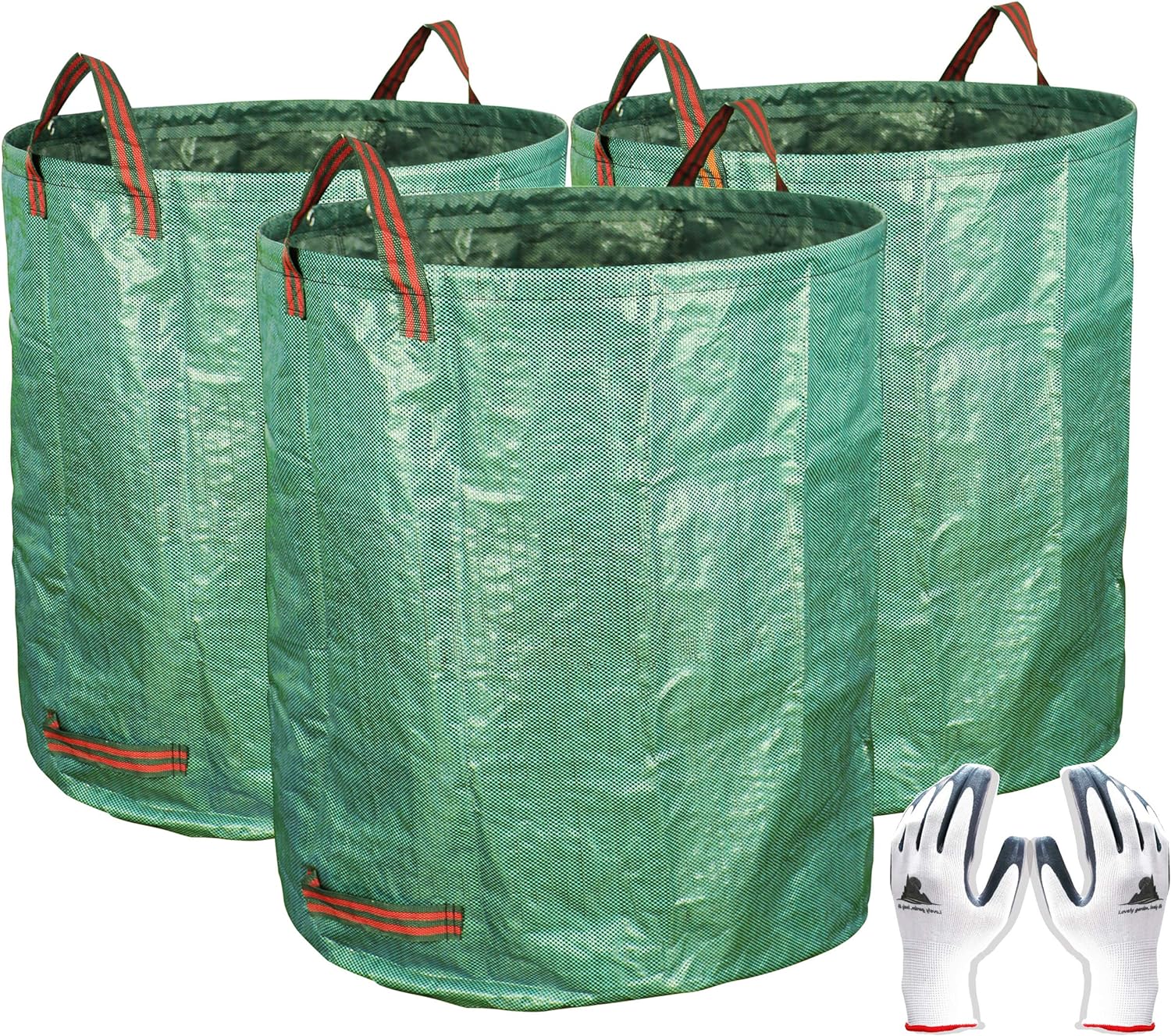
Gardzen 3-Pack 72 Gallons Garden Bag
Fine Gardening receives a commission for items purchased through links on this site, including Amazon Associates and other affiliate advertising programs.

Razor-Back Potato/Refuse Hook
Fine Gardening receives a commission for items purchased through links on this site, including Amazon Associates and other affiliate advertising programs.
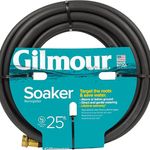
Gilmour 5/8" x 25' Round Weeper Soaker Hose
Fine Gardening receives a commission for items purchased through links on this site, including Amazon Associates and other affiliate advertising programs.





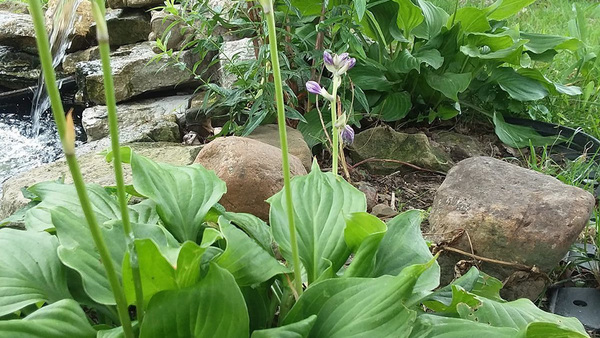













Comments
It's amazing
Thanks for this post!
Log in or create an account to post a comment.
Sign up Log in